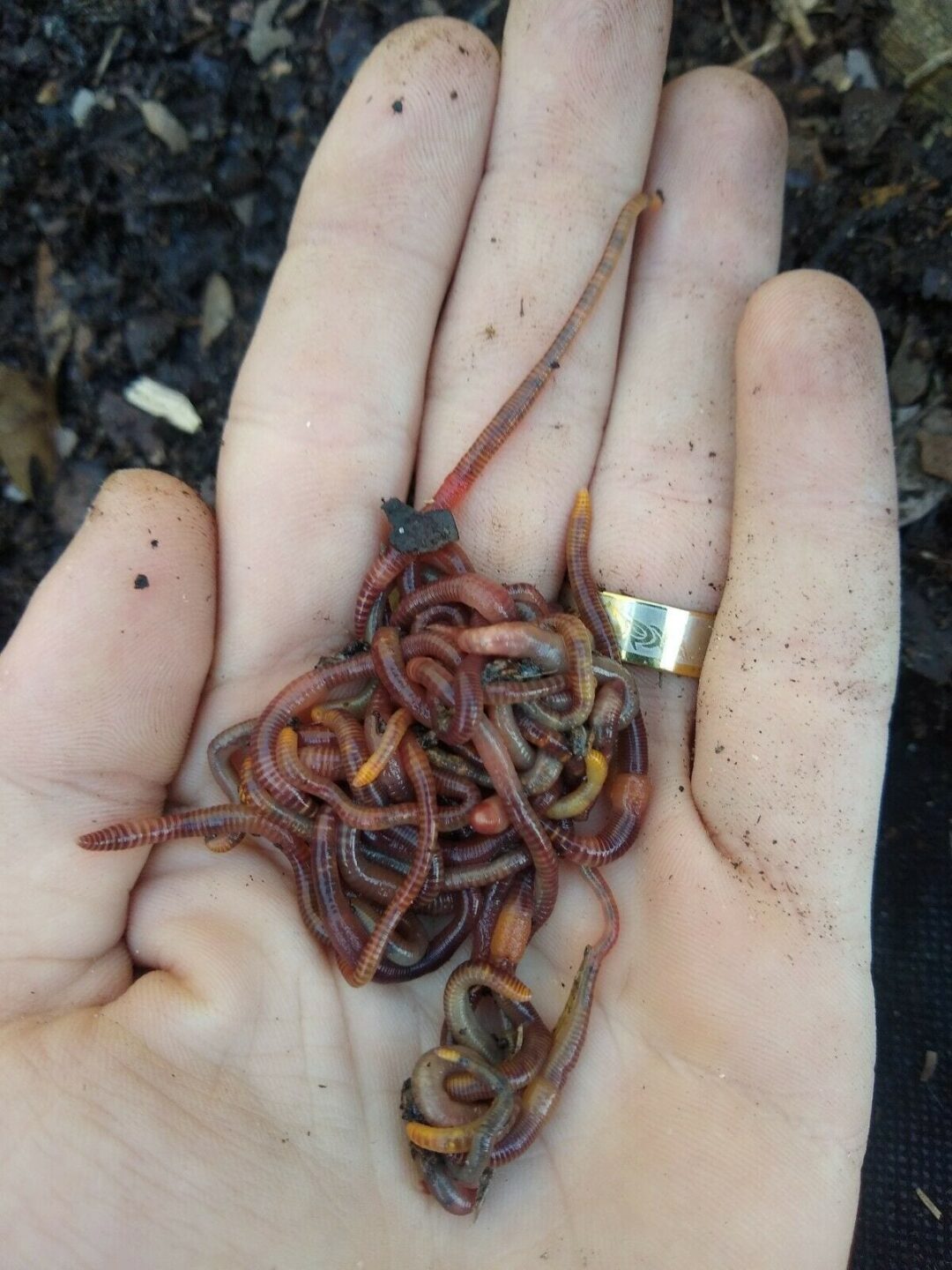Exactly How Red Wigglers Can Change Your Composting Experience
The combination of red wigglers into composting techniques uses a transformative approach to lose administration and dirt enrichment. Comprehending the details requirements and benefits connected with keeping a thriving worm populace is critical for optimizing their potential.
Advantages of Red Wigglers
Red wigglers, scientifically referred to as Eisenia fetida, are a keystone of effective composting systems because of their exceptional capability to disintegrate raw material successfully. These worms master transforming kitchen area scraps, backyard waste, and various other natural materials into nutrient-rich garden compost, typically referred to as worm spreadings. Lake Hickory Bait. This procedure not just reduces landfill waste however also contributes to sustainable gardening methods
Among the key advantages of red wigglers is their high recreation price, enabling them to occupy a composting setting promptly. This fast reproduction improves disintegration rates, resulting in faster compost production. In addition, red wigglers prosper in a diverse variety of problems, making them adaptable to different composting arrangements.

Establishing Your Worm Bin
(Charlotte NC Worms For Sale)To develop a reliable worm container for composting, cautious interest must be offered to its design and setting. An ideal worm container ought to be constructed of materials that are resilient yet enable essential air movement, such as plastic or timber. The size of the container can vary, yet a volume of around 1 square foot per extra pound of worms is a great beginning factor.
Make sure that the container has water drainage holes to avoid water accumulation, which can lead to anaerobic problems destructive to the worms. Additionally, integrating ventilation openings will certainly assist maintain proper humidity levels and oxygen flow.
Next, it is important to provide bedding for the worms, which can consist of shredded paper, cardboard, or coconut coir. This bedding not just offers a habitat for the worms yet additionally help in dampness retention.
Position the worm bin in a place that preserves a temperature level series of 55-77 ° F(13-25 ° C) to maximize worm activity. Stay clear of positioning the container in straight sunshine or extreme temperatures. By following these guidelines, you can produce a helpful environment for red wigglers, boosting the effectiveness of your composting process.
What to Feed Your Worms

(Hickory NC Worms For Sale)Red wigglers particularly delight in soft, wet foods like watermelon rinds, cucumber peels, and banana peels. Nevertheless, it is vital to stay clear of feeding them citrus fruits, onions, and garlic, as these can be detrimental to their wellness. Additionally, cooked foods, dairy items, and meat must be purely avoided, as they can lead to odors and bring in parasites.
Providing a constant feeding schedule will certainly help maintain your worm populace prospering while improving the overall performance of your composting efforts. By understanding what to feed your worms, you lay the foundation for an effective and sustainable composting experience.
Preserving a Healthy And Balanced Environment
Producing a flourishing composting atmosphere for red wigglers calls for focus to their habitat, as it straight influences their health and wellness and productivity. The optimal environment needs to maintain a balanced wetness level, commonly between 60-70%. Excessive moisture can bring about anaerobic problems, while inadequate wetness may dehydrate the worms.

The bed linens material in the compost ought to vary and shredded, incorporating products like cardboard, paper, and coconut coir. This not only provides a comfy environment yet additionally functions as a food source. Lake Hickory Bait. Consistently inspecting for smells or indications of parasites can assist identify prospective issues prior to they intensify
Last but not least, maintaining a well balanced pH degree, ideally between 6 and 7, guarantees a conducive environment for red wigglers, fostering their capability to process raw material properly. By resolving these aspects, you can produce a sustainable and productive composting community.
Harvesting and Making Use Of Compost
Harvesting compost from a worm bin is a fulfilling process that changes natural waste right into nutrient-rich material for yards and plants. As soon as the composting cycle is complete, generally after 8-12 weeks, it's time to collect the vermicompost. The first step includes separating the red wigglers from the ended up compost. This can be done making use of methods such as the "light" method, where worms are drawn in to light and can be scooped away from the leading layers, or by relocating the compost to one side of the container and including fresh bed linens to the opposite side, encouraging the worms to migrate.
When the worms are removed, the continuing to be compost can be sorted to remove any type of bigger particles or undecomposed material. This abundant garden compost can be applied straight to garden beds, combined right into potting soil, or used as a leading dressing for potted plants.
Verdict
Incorporating red wigglers right into composting methods significantly enhances the decay process and contributes to the manufacturing of nutrient-rich vermicompost. The resulting worm spreadings enhance soil framework, fertility, and microbial task, inevitably advertising much healthier plant growth.